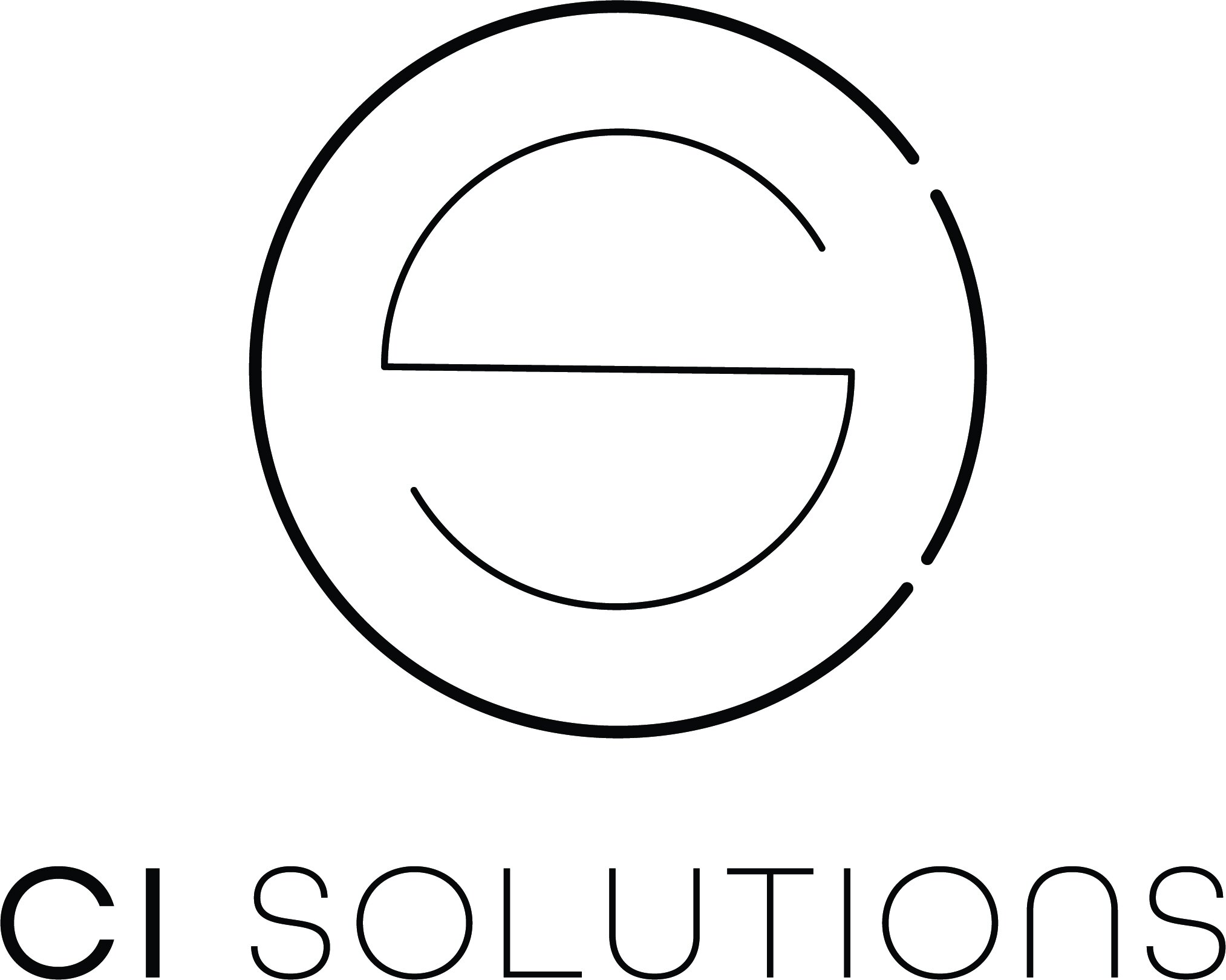The Evolution of Office Style: 1980s - Present
The pandemic’s profound impact on the work culture of numerous brands and businesses is a prime example of how office style and design often reflects the world’s current events. Seeing so many of us have to adjust to a new workplace environment got us wondering how workplace style has evolved and why. Here’s what we found!
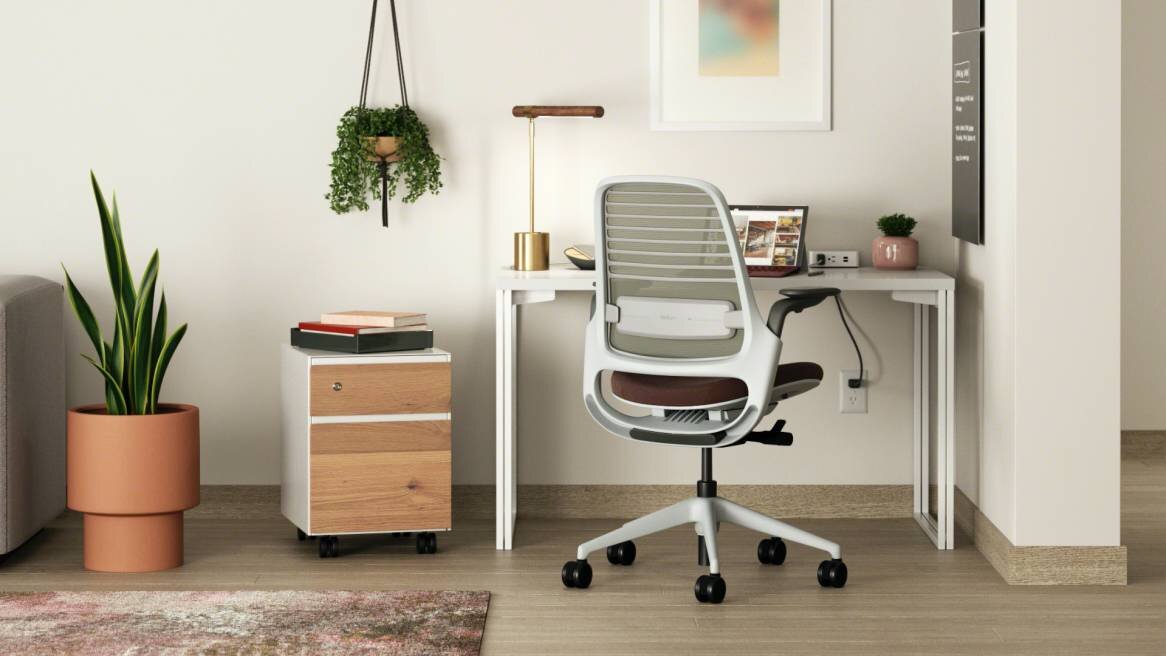
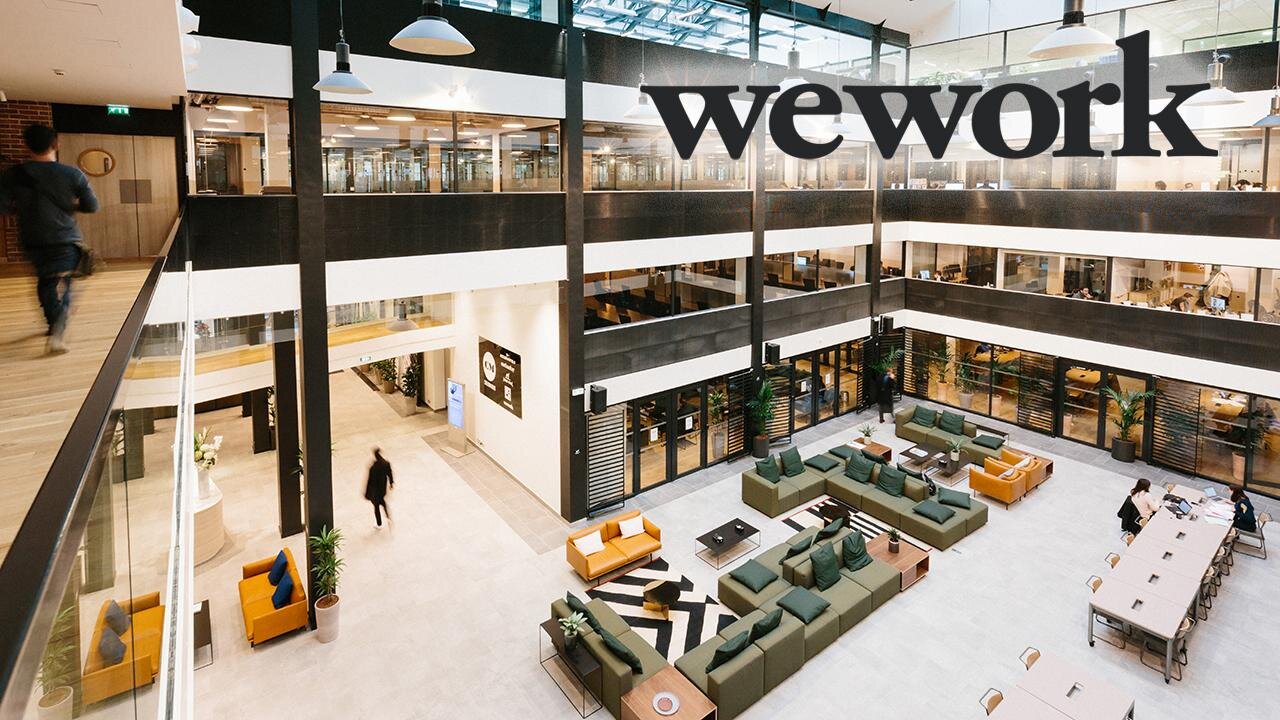
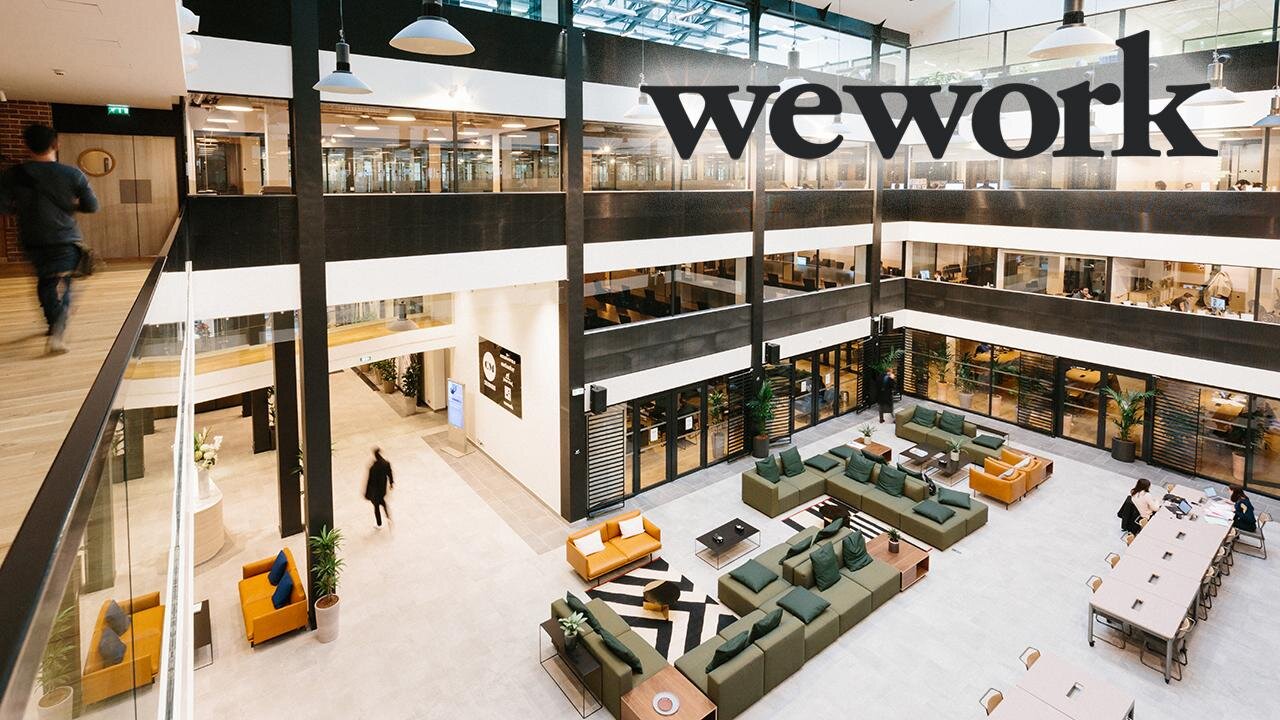
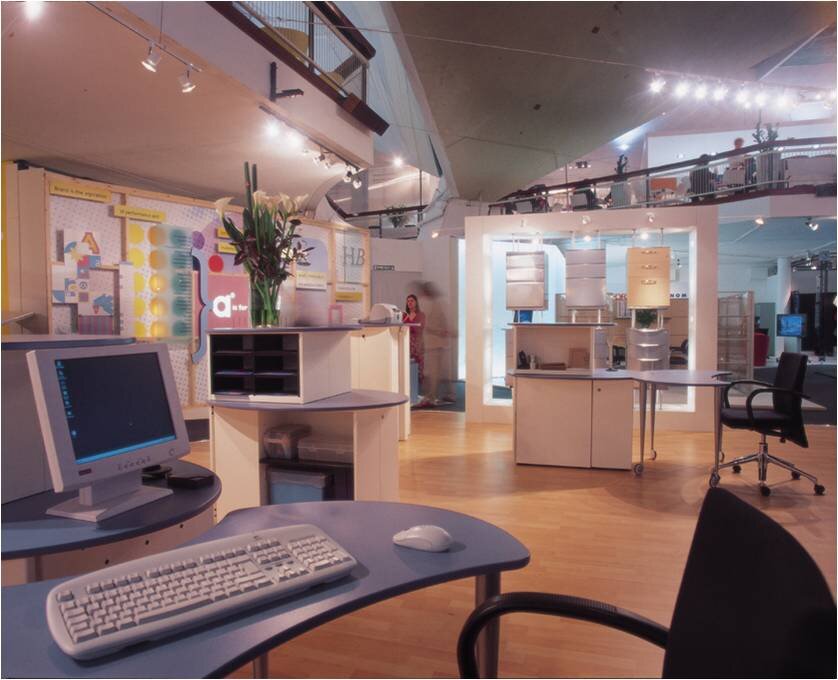
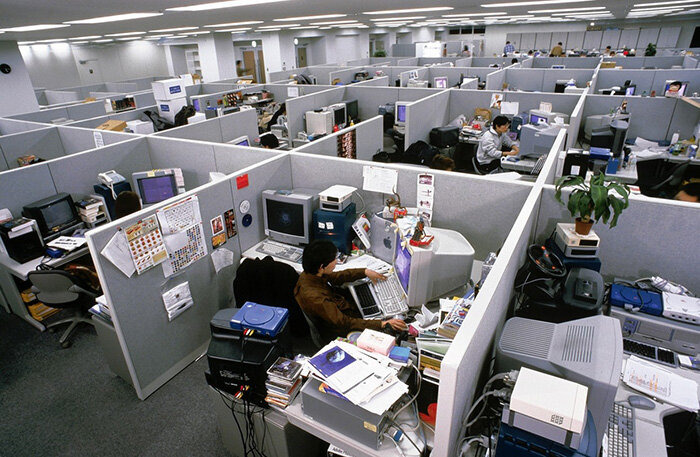
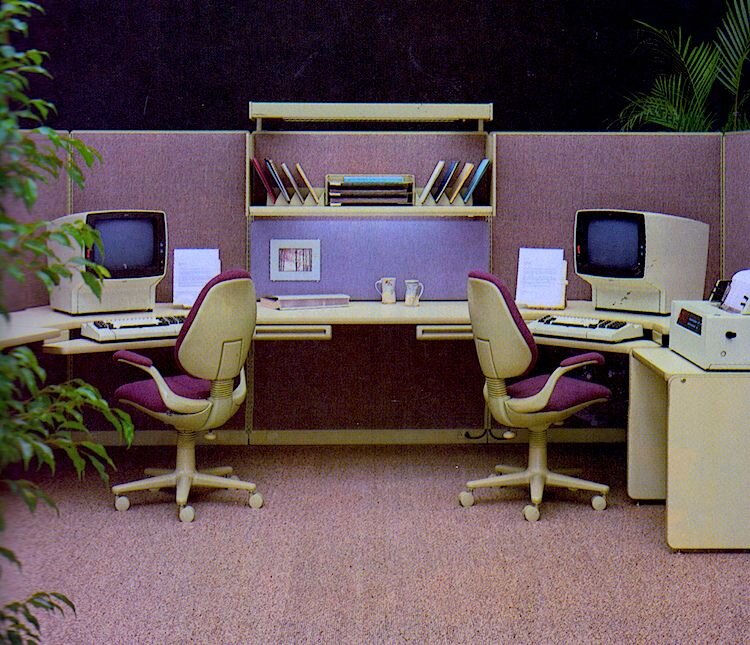
This month CI Solutions is teaming up with HER STYLE WORKS to take a look back at how office and workplace style has changed throughout the decades. See part 1 of our office place style blogs HERE.
1980s
Office Design: With the introduction of new technology and hardware came the need to have spaces for this larger machinery. Desks, workspaces, and offices expanded to house this newly-required equipment. Workstations became heavier and more expansive, including storage drawers, built-in filing cabinets, and keyboard trays. The desk’s design became less oriented to daily tasks and more centrally focused around the new technology rapidly taking over the workplace.
Office Culture: Generation X came of working age in the 1980s. The influence of hippie culture from the previous decade, new technology (hello PC!), and innovative ideas inspired a new dynamic in the workplace. Middle management gained authority, creating a culture where employers and employees alike took ownership in moving the company forward.
Dress Code: While men remained in suits and ties, women saw more options that were accepted in the workplace.
Hours a Week: 43 hrs/week
Office Design: Office design in the 1990s was utilitarian and functional. Open offices started becoming popular again, but for different reasons than they were in earlier decades. This time, open offices were meant to promote the flow of information and collaboration. Organizations began to see themselves in terms of social networks and cultures, as much as structures. Relationships and social interactions powered the generation of ideas within complex organizations and, the space that supported them became more important.
Office Culture: In the 1990s, the economy was booming. Women as well as people from different ethnicities and classes enjoyed a larger measure of equality than ever before in history, thus creating a richer and more diverse office culture. The World Wide Web gained traction, creating new ways of communication in business and the workplace.
Dress Code: Hellooooo casual fridays!
Hours a Week: 39 hrs/week
Office Design: The term “coworking” was coined in San Francisco in the 2000s, concurrent with the growth of remote professionals and independent contractors. Coworking spaces, where multiple companies work in one space, were designed for collaboration and connectivity.
Office Culture: The 2000s were a time of evolution and revolution in the way people worked. Technology and high-speed connectivity became hyper prevalent in society. The smartphone was brought to mass market in the latter part of the 2000s, redefining the way people interacted with each other.
Dress Code: You can thank startup tech companies for ushering daily casualwear into the office!
Hours a Week: 38 hrs/week
201Office Design: The rise of coworking in the 2010s was meteoric, with major players such as WeWork dominating the industry and providing spaces for people from different companies and industries to work, collaborate, and network. Meanwhile, various large corporations pushed the boundaries of office design, such as with Apple Park–Apple’s extravagant, glass-lined ‘spaceship’ campus in Cupertino, or Bloomberg’s European HQ (rated the world’s most sustainable office building!). Sustainability, wellness, and community are among the most highly valued aspects of offices in the 2010s.
Office Culture: Office culture in the 2010s is one of collaboration, community, and equality. Tech startup culture is prevalent–employees are friends first, colleagues second, and all driven to work for the common goal of growth.
Dress Code: Corporate environments stick to business formal, while startups and smaller companies start allowing more trendy/casual attire
Hours a Week: 37.5 hrs/week
Office Design: With offices closed, people are forced to curate their own workspaces within their own living spaces.
Office Culture: Due to COVID-19 safety guidelines, companies of all sizes are forced into a remote working model. Video chat systems like Zoom have become crucial to every day work life and communication in organizations. Work/life balance practices become more important than ever as people must come to terms with their living area and workspace being the same.
Dress Code: Business on the top, pajamas on the bottom (just kidding…kinda!).
Hours a Week: Flexible hours that range from 30-40hrs/week
Sources: HubbleHQ, Open, Vintage Dancer, Business Insider Australia
